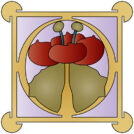Sorry, but nothing matched your search terms. Please try again with some different keywords.

ReadWatchDo.com
Bob Lang Woodworking & SketchUp

ReadWatchDo.com
Bob Lang Woodworking & SketchUp